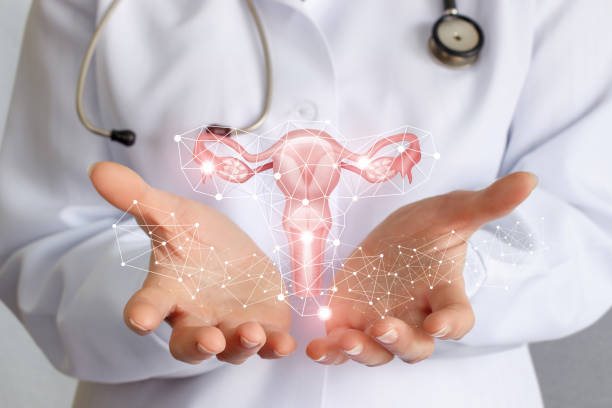Human Reproduction Grade 12 Life Sciences questions and answers:
Need Help?
[quform id="1" name="Schools Form"]Here are the important sections for the Human Reproduction Grade 12 CAPS South African Exam:
- Anatomy of the Male and Female Reproductive Systems
- Structure and function of the male and female reproductive organs
- Gamete production and transport
- Hormonal regulation of the male and female reproductive systems
- Fertilization and Early Development
- Process of fertilization
- Formation and implantation of the embryo
- Stages of prenatal development
- Menstrual Cycle and Pregnancy
- Phases of the menstrual cycle
- Hormonal regulation of the menstrual cycle
- Stages of pregnancy and fetal development
- Sexually Transmitted Infections (STIs)
- Causes and symptoms of common STIs
- Prevention and treatment of STIs
- Contraception and Family Planning
- Types of contraception
- Advantages and disadvantages of different contraceptive methods
- Principles of family planning and reproductive health
Table of Contents
Video: Human Reproduction I: Grade 12 Life Sciences
It is important to study and understand each of these sections thoroughly in order to perform well on the Human Reproduction Grade 12 exam in South Africa. Practice questions and past papers can also be helpful in preparing for the exam.
Human Reproduction Grade 12 Questions and Answers
Here are some grade 12 human reproduction questions and answers:
- What is the role of the hypothalamus in the female reproductive system?
Answer: The hypothalamus plays a key role in the female reproductive system by producing gonadotropin-releasing hormone (GnRH), which stimulates the pituitary gland to release follicle-stimulating hormone (FSH) and luteinizing hormone (LH). These hormones then stimulate the ovaries to produce estrogen and progesterone, which regulate the menstrual cycle and prepare the body for pregnancy.
- What is the difference between mitosis and meiosis?
Answer: Mitosis is the process by which a single cell divides into two identical daughter cells, each containing the same number of chromosomes as the parent cell. Meiosis, on the other hand, is the process by which a single cell divides into four genetically diverse daughter cells, each containing half the number of chromosomes as the parent cell. Meiosis is involved in the production of gametes (sperm and eggs) for sexual reproduction.
- What is the function of the prostate gland?
Answer: The prostate gland is a part of the male reproductive system that produces and secretes fluid that forms part of semen. The fluid helps to nourish and protect the sperm as they travel through the female reproductive system.
- What is the function of the corpus luteum?
Answer: The corpus luteum is a temporary gland that forms in the ovary after ovulation. Its main function is to produce progesterone, which helps to prepare the uterus for pregnancy by thickening the endometrium and inhibiting contractions of the uterine muscles.
- What is the process of fertilization?
Answer: Fertilization is the process by which a sperm cell and an egg cell fuse together to form a single cell called a zygote. Fertilization usually occurs in the fallopian tube, where the sperm and egg meet. The sperm must first penetrate the outer layer of the egg, and then the membranes of the egg cell, in order to reach the nucleus and fuse with the egg’s genetic material. Once fertilization occurs, the zygote begins to divide and develop into an embryo.
Did You See These?
- Life Sciences Grade 12 September and November 2019 Past Exam Papers and Memorandum
- Life Sciences Grade 12 Annual Teaching Plan (ATP) for 2023
- Life Sciences Grade 12 November 2021 Examination Final Question Papers with Memos to revise with
- Life Sciences Grade 12 June 2021 exam papers and memos for downloads
- Grade 12 Life Sciences Practical Task 1 DNA
- Life Sciences Grade 12 Study Guides Free Download
- Life Sciences Grade 12 November 2022 Exam Question Papers with Memos for Revision
- Download Life Sciences Grade 12 September 2023 Trial Exam Question Papers and Memos: PDF

